Will Tire Chains Work on Ice?
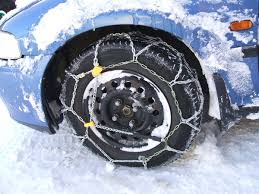
Driving on ice presents significant challenges, even for the most experienced drivers. Ice can make roads dangerously slippery, leading to loss of control and accidents. Fortunately, tire chains are an effective solution for increasing traction on icy roads. But do tire chains really work on ice? In this article, we’ll explore how tire chains help on ice, when to use them, and how they improve safety in extreme winter conditions.
How Tire Chains Work on Ice
Tire chains are metal links that wrap around your vehicle’s tires, providing additional grip on icy and snowy surfaces. The metal links dig into the ice or snow, preventing the tires from slipping and helping the vehicle maintain traction. This is especially useful when the road is covered with a thin layer of ice that normal tires struggle to grip.
On icy surfaces, regular tires often can’t provide enough friction to keep your vehicle from sliding, but tire chains greatly enhance traction, making them a valuable tool in winter driving.
Benefits of Using Tire Chains on Ice
1. Increased Traction
The main benefit of tire chains is the increased traction they provide on ice. The metal links bite into the ice, preventing your tires from slipping and allowing your car to maintain better control.
2. Improved Stopping Power
In icy conditions, stopping quickly can be a challenge. Tire chains help improve braking efficiency by reducing tire slippage, allowing for quicker and more controlled stops.
3. Better Control While Turning
Turning on icy roads can lead to skidding, but tire chains provide the added grip needed to help you steer effectively. Whether you’re making a sharp turn or just navigating a bend, tire chains give you more control over your vehicle.
When Should You Use Tire Chains on Ice?
While tire chains are effective on ice, there are specific situations where they are most beneficial:
1. Slippery or Snow-Covered Roads
If the roads are icy or covered in snow, tire chains can make a big difference in preventing your vehicle from getting stuck or sliding out of control. They’re especially useful in severe winter weather or mountain driving.
2. Steep Inclines or Declines
When driving on hilly terrain or steep roads, especially during winter, tire chains are extremely useful for maintaining traction and preventing your car from sliding backward or losing control while going downhill.
3. On Black Ice
Black ice, which is difficult to detect and often invisible, is one of the most dangerous winter driving hazards. Tire chains offer extra grip and can help prevent accidents on these particularly slippery surfaces.
When Not to Use Tire Chains on Ice
Although tire chains are effective in many situations, there are times when they should not be used:
1. On Clear or Wet Pavement
Tire chains are not meant to be used on dry or wet roads. Using them on clear pavement can cause unnecessary wear on your tires, the chains, and the road surface. They can also make your car harder to control on non-icy surfaces.
2. Vehicles Without Clearance
Not all vehicles can accommodate tire chains. Low-clearance vehicles, like sports cars or some sedans, may not have enough space around their tires for chains. Always check your car’s manual to see if tire chains are compatible with your vehicle.
How to Use Tire Chains on Ice
If you decide to use tire chains to enhance your traction on icy roads, here are some tips to ensure you’re using them effectively:
1. Install Chains Correctly
Proper installation is crucial to getting the most out of your tire chains. Make sure the chains are evenly placed around the tires and are tight. Loose chains can cause damage to your tires and vehicle.
2. Drive Slowly
When using tire chains, always drive at reduced speeds. Aim for no more than 30 mph (48 km/h) to prevent damaging the chains, tires, or vehicle. High speeds can also reduce the effectiveness of the chains.
3. Check for Fit
Make sure the tire chains are the correct size for your vehicle’s tires. They should fit snugly but not too tight. If the chains are too large or too small, they won’t perform well.
4. Remove Chains When Not Needed
Once you’ve driven on icy or snow-covered roads, remove the tire chains as soon as you can. Driving on clear roads with chains can cause damage to your tires and the pavement.
Frequently Asked Questions (FAQs)
1. Do tire chains work on all vehicles?
Not all vehicles are compatible with tire chains. Low-clearance vehicles or those with large tires may not accommodate chains. Check your car’s manual to see if tire chains are suitable for your vehicle.
2. Can tire chains damage my car?
If used improperly or on non-icy surfaces, tire chains can cause damage to both your tires and your vehicle. It’s important to only use them on ice or snow and to install them correctly.
3. How fast can I drive with tire chains on?
The recommended speed limit when driving with tire chains is typically 30 mph (48 km/h). Going faster can cause damage to the chains and reduce their effectiveness.
4. Are tire chains better than snow tires on ice?
While snow tires are designed for year-round use and perform well in winter conditions, tire chains provide superior traction on ice, especially in extreme conditions or on steep roads. Snow tires are a permanent solution, but tire chains are an excellent temporary tool for severe ice or snow.
Conclusion
Tire chains are an effective way to improve traction on icy roads, providing better control and safety in extreme winter conditions. By enhancing the grip of your tires, they help prevent slipping, improve stopping power, and give you more control on slippery surfaces. However, it’s essential to use tire chains properly and in the right conditions to avoid damage to your car and to maximize their effectiveness. Always ensure that your vehicle is compatible with tire chains and use them only when necessary for the safest driving experience.
Also Check:
• Will Tire Chains Help on Ice?
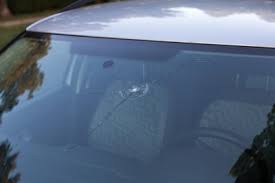
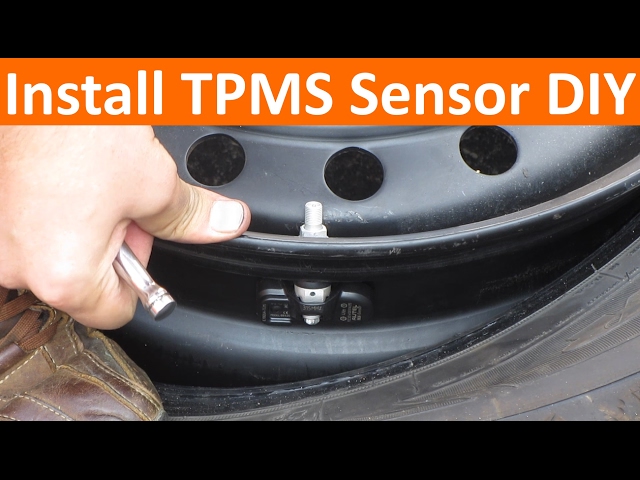
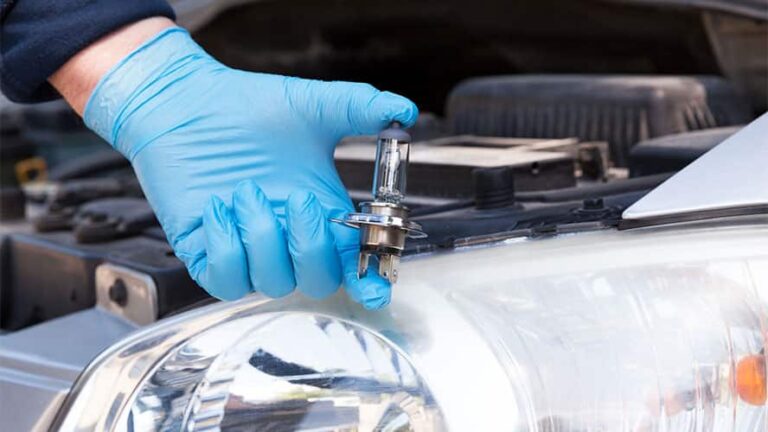
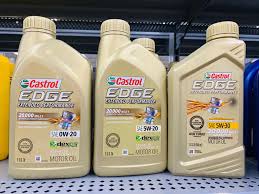


One Comment